If you've come to the conclusion that purchasing or investing in digital assets and cryptocurrencies is the right thing for you, you may be confused about how and where to purchase them. Digital assets and cryptocurrencies are complex, so learning how to buy cryptocurrencies can be confusing.
Fortunately, Strateon Intelligent Wealth is available to educate and guide clients through the process of purchasing digital assets and cryptocurrencies. This guide is a general overview on the options available to individuals for purchasing their first cryptocurrency.
On-Ramps
What is an on-ramp? The term on-ramp is used to describe a service that offers the ability to convert fiat currency to cryptocurrency. If you already read the Strateon Intelligent Wealth Insights article Addressing Common Objections to Bitcoin you'll remember that fiat currency is technically what the US dollar is, and that's a currency that's not backed by anything tangible, and is instead backed by the good faith and credit of the government issuing it. When you hear or read fiat or fiat currency it's referring to any traditional currency that you're used to.
You may also hear of the same services referred to as off-ramps. An off-ramp is simply does the opposite task or converting cryptocurrencies to fiat and then allowing you to withdraw the fiat currency to a bank account. Many cryptocurrency exchanges operate as both an on-ramp and an off-ramp.
Important Factors to Consider
With the number of options available, there are five main factors that will influence where you purchase your cryptocurrencies.
Location
If you live in the United States, there are some states that restrict where and how cryptocurrencies can be purchased. It's important to check your state's regulations to see what limits, if any, there are. Fortunately, California is not one of the states with a lot of restrictions at this time. This means that if a cryptocurrency exchange is authorized to operate in the United States, most likely California residents can use them. The same cannot be said for some other states. Again, make sure any service you plan to use for purchasing cryptocurrencies is legal in your state. If a service is not, and you do purchase cryptocurrencies with that service, you may not be able to get your cryptocurrency out or your funds back.
Type of Cryptocurrency
Not all cryptocurrencies are available from every on-ramp. Depending on what you want to buy, you may have to purchase from multiple places, which may mean opening accounts at more than one exchange.
Payment Method
This refers to how you're going to pay for your initial crypto purchase. Common payment methods available include credit cards, debit cards, ACH bank transfers, and wire transfers. It's important to note that each exchange or on-ramp solution has it's own offerings for payments and the fees will differ.
Fees
Generally, you'll find the fees to be significantly higher for credit cards and debit cards, and some will charge fees for ACH transfers while others will not. Each exchange will have different trading fees, as well as different fees for withdrawals.
Insurance
It's important to note that digital assets and cryptocurrencies are not covered by any regulator-required insurance. For many of the services where you can hold fiat currency there is no FDIC insurance. However, there are some that do have FDIC insurance for your US dollars held there. For all of the on-ramps where you can hold cryptocurrencies there is no SIPC insurance like you would find with a traditional broker-dealer or custodian of traditional securities.
As the regulation landscape surrounding digital assets changes we may see FDIC and SIPC insurance become available or even a requirement for cryptocurrency exchanges and custodians to provide, but that is not for certain and there is no way of knowing when that could happen if it does. In the meantime, some cryptocurrency exchanges and custodians do have their own insurance that they have purchased to cover a limited amount of assets.
Types of Cryptocurrency On-Ramps
There are different types of on-ramps. Below are the three main types that you'll encounter.
Centralized Exchange
A centralized exchange is a service that operates much like a traditional broker-dealer, except that instead of traditional securities you trade cryptocurrencies. Examples of centralized exchanges include Coinbase, Binance.us, Gemini, Kraken, and Crypto.com. There are more as well, and Strateon Intelligent Wealth does not promote or recommend any particular centralized exchange.
With most of these exchanges you can ACH or wire transfer funds from your bank account and then purchase cryptocurrencies that are offered by the exchange. There may be no cost for ACH or wire transfers, but some will charge fees depending on how you initiate the transfer of funds. For example, there are two ways to make an ACH transfer with Kraken. One has fees, but the other doesn't. You may also be able to purchase cryptocurrencies on these exchanges with a credit card or debit card, but keep in mind the fees are higher. Also, some credit cards charge additional fees for purchasing cryptocurrencies with credit cards, or put more limitations than they do for traditional transactions.
There are a number of advantages to central exchanges. They typically will allow for a greater number of cryptocurrencies available for purchase. You can deposit fiat from your bank or you can deposit cryptocurrency from another exchange or wallet. You can also withdraw fiat to your bank account or cryptocurrencies to another exchange or wallet.
Many centralized exchanges also have two ways in which you can buy or sell cryptocurrencies. The first is an easier method called a market order. With a market order, you simply set the amount of the cryptocurrency, or the fiat amount, you want to purchase or sell and the order is executed at whatever the market price is. If you say you want to buy $1,000 of bitcoin, then you'd receive a certain amount of bitcoin that's equal to $1,000 based on whatever the going price was at that moment. If you say you want to sell 0.01 bitcoin, then you would receive a certain amount of fiat currency that's equal to whatever 0.01 bitcoin was worth at that moment.
The other way to buy or sell cryptocurrencies on a centralized exchange is by placing a limit order. With a limit order you can specify the amount of fiat currency you want to spend and also the price of the cryptocurrency you want. So you could specify $1,000 or bitcoin at $43,000. The order wouldn't be filled until there is a seller that also wants to sell bitcoin at $43,000 per bitcoin.
On many exchanges the trading fee that is charged for market orders is higher than the fee for a limit order, also known as a maker/taker fee. Sometimes the market order trading fees can be double the maker/taker trading fees.
On some exchanges there may be no visible fees. Instead, the exchange only places market orders and makes a profit from the difference between what a seller is willing to sell for and what the market price is. This is called a spread. It's generally invisible to the individual investor.
As mentioned previously, there are also fees for withdrawals. Some exchanges may charge fees for certain fiat withdrawals, and also place daily and monthly limits on withdrawals. For most people, these limits usually won't matter. Some exchanges also charge fees for cryptocurrency withdrawals. For example, if you want to withdraw bitcoin to send to an external wallet, they may charge 0.0001 bitcoin to transfer. So if you wanted to withdraw your entire bitcoin holdings of 0.01 bitcoin to your external wallet, you would pay 0.0001 bitcoin in fees to the exchange and then receive 0.0099 bitcoin in your external wallet.
With centralized exchanges that are authorized to operate in the United States, you will have to complete a KYC (know your customer) process. This is mostly to prevent use by those who live in states where it is not yet legal, as well as help prevent fraud and money laundering. KYC is typically pretty simple, and mostly easier within a smart phone app that on a computer. If you're opening a new account, it's recommended to use the mobile app for the service to open the account to make the process quicker and easier. The process consists of taking a picture of the front and back of your drivers license, a live picture of your face or a picture of you holding a code you write down on paper, and maybe a picture of a utility bill. Some centralized exchanges will require KYC to do anything on their platform, some will require it for higher limits deposit, purchase, and/or withdrawal limits, and some will require it before you can withdraw any fiat currency or cryptocurrency.
A key characteristic of centralized exchanges is that if you keep your digital assets and cryptocurrencies on the exchange, the common thought is that technically your do not actually own the assets in your account. You may hear the phrase "Not your keys, not your crypto," and this is essentially where the thought comes from. The centralized exchange owns the assets and holds them for you, and would fulfill an "I owe you" if you request to withdraw the assets to an external wallet or another exchange.
Instant Purchase Broker Services
For those that already have a wallet or some other place to send cryptocurrencies to, there are services that offer a simple and quick way to purchase cryptocurrencies. These services includes Wyre, Moonpay, Ramp, Transak, and others. Strateon Intelligent Wealth does not promote or recommend any particular service for purchasing cryptocurrencies. With this type of service, purchasing cryptocurrency is as simple as selecting the cryptocurrency, specifying the fiat amount or the cryptocurrency amount, specifying the wallet address to send the cryptocurrency, and then entering credit card, debit card, or bank account details. The transaction is completed rather quickly with the cryptocurrency sent to the specified wallet address in a matter minutes or a few hours depending on the blockchain. The important thing to consider with this method of purchasing cryptocurrency is that the fees are high. The fees could be as high as 5% plus network fees. Also, if you pay with a credit card you would likely have to pay additional fees that the credit card company will charge for this type of transaction.
Personal Payment Apps
Most people are familiar with personal payment services such as Venmo and PayPal. These services offer the convenience of easily sending money from your bank account or credit card to another person or company. Now they both also offer the ability to purchase cryptocurrency. It's important to note that with Venmo and PayPal you can only buy and sell cryptocurrencies. You cannot send cryptocurrency to another person or to your own external wallet.
There's another personal payment app option, though, that allows you to send and receive Bitcoin to other people and even to your own external wallet. That app is called Strike. With Strike you deposit fiat currency and then can send whatever amount your want as Bitcoin to another Strike user or any Bitcoin wallet address.
Note that Strateon Intelligent Wealth does not promote or recommend any particular service or app for purchasing cryptocurrencies.
Although these and other personal payment apps are limited in the cryptocurrencies available, and they may only allow you to buy and hold in their respective accounts, they are among the easiest ways to quickly begin purchasing cryptocurrency. This is especially true if you already have an existing account with them.
Digital Assets and Cryptocurrency Advice
Making your first cryptocurrency purchase can be complex and confusing. Strateon Intelligent Wealth is here to help clients select and make purchases of digital assets and cryptocurrencies, offering not only advice, but also education and instruction so that clients understand and know how to use these new technologies and services.
This content is developed from sources believed to be providing accurate information. The information in this material is not intended as investment, tax, or legal advice. It may not be used for the purpose of avoiding any federal tax penalties. Please consult legal or tax professionals for specific information regarding your individual situation. The opinions expressed and material provided are for general information, and should not be considered a solicitation for the purchase or sale of any security. Digital assets and cryptocurrencies are highly volatile and could present an increased risk to an investors portfolio. The future of digital assets and cryptocurrencies is uncertain and highly speculative and should be considered only by investors willing and able to take on the risk and potentially endure substantial loss. Nothing in this content is to be considered advice to purchase or invest in digital assets or cryptocurrencies.
Enjoying Strateon Intelligent Wealth’s Insights?
Subscribe to Strateon Intelligent Wealth’s Weekly Insights Newsletter!
The weekly newsletter is usually delivered to your email inbox Friday or Saturday, and includes:
- a summary of the week's important news regarding the economy and markets
- recommended third-party reads
Strateon Intelligent Wealth does NOT sell subscriber information. Your name, email address, and phone number will be kept private.















